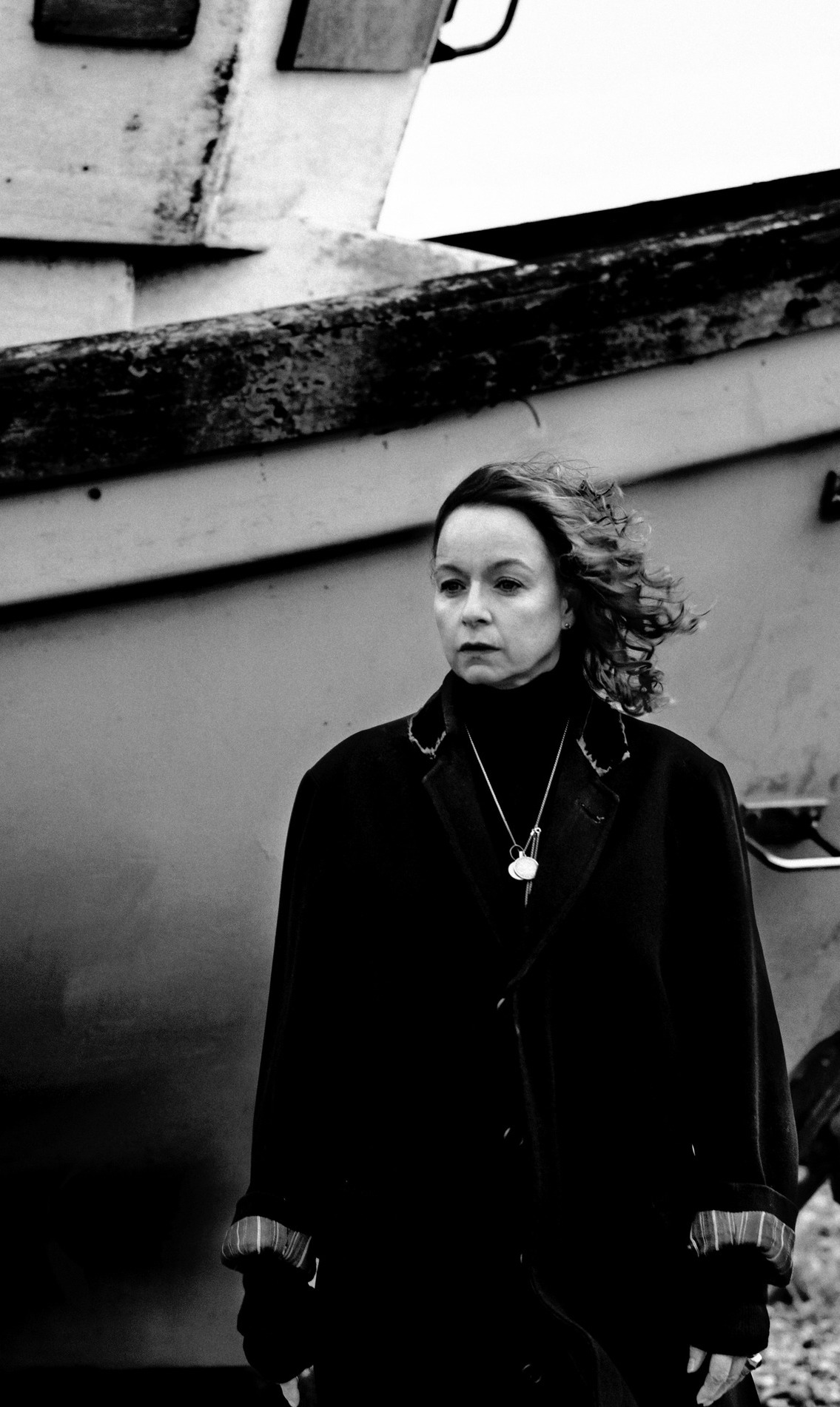Rediscovering The Lost Voices: A Hollywood Golden Age Film Critic

Table of Contents
The Power of the Pen: How Critics Shaped Public Opinion
In the pre-internet age, the film review held unparalleled power. A glowing critique from a respected Hollywood Golden Age film critic could transform a modest picture into a box office sensation, launching the careers of its actors and directors. Conversely, a scathing review could doom a film, regardless of its production value or star power. These critics weren't just summarizing plots; they were shaping cultural conversations and influencing the very direction of the film industry.
- Influential Champions: Critics like Mordaunt Hall of The New York Times championed certain directors, significantly impacting their careers and solidifying their place in cinematic history. His positive reviews often guaranteed a film's success.
- Box Office Impact: Negative reviews from influential critics could drastically reduce box office numbers, forcing studios to reconsider their production strategies and impacting future projects. A harsh assessment could lead to immediate pullbacks in marketing or even altered release strategies.
- Evolution of Criticism: Early film reviews often focused on simple plot summaries. However, over time, they evolved into sophisticated analyses of cinematography, acting, directing, and the broader social and cultural context of the films themselves. This shift reflects the growing maturity of the art form and the expanding role of film critics.
Key Figures: Unearthing Lost Voices and Their Legacy
While many celebrated critics from the Golden Age remain well-known, numerous others deserve recognition for their insightful contributions. Let's highlight a few:
-
Mordaunt Hall (The New York Times): Hall's prolific career spanned decades, offering insightful commentary on both silent and sound films. His reviews were known for their balanced approach, detailed analysis, and elegant prose. He once wrote, "The acting is uniformly excellent...the photography is superb." This quote highlights his focus on technical aspects as well as performance. His impact on shaping audience perception is undeniable.
-
Otis Ferguson (The New Republic): Ferguson's sharp wit and insightful critiques often challenged Hollywood conventions. He was a champion of innovative filmmaking and didn't shy away from criticizing formulaic plots. His writing style was both erudite and engaging, demonstrating a deep understanding of film's artistic and social implications.
-
James Agee (The Nation): Agee's work transcends simple film reviews; he approached cinema with a literary sensibility, examining the social and psychological dimensions of films with remarkable depth. His reviews remain highly valued for their unique blend of critical analysis and personal reflection. His profound essay on The African Queen, for example, is still studied today.
Analyzing their Writing Style and Critical Approaches
Comparing these critics reveals fascinating differences in their approaches. Hall prioritized technical proficiency and narrative structure, while Ferguson focused on originality and artistic innovation. Agee, on the other hand, emphasized the socio-cultural context and the emotional impact of films. Their varied viewpoints reflect the changing social and cultural landscape of the Golden Age itself.
- Technical vs. Storytelling: Some critics prioritized technical aspects like cinematography and editing, while others focused on the storytelling, performances, and themes.
- Social Norms and Values: Their reviews frequently reflected prevailing societal norms and values, providing a window into the cultural attitudes of the time.
- Forerunners of Modern Theory: Some of their perspectives foreshadowed later developments in film theory and criticism, revealing a remarkable foresight.
Accessing Archival Materials: Researching Forgotten Critics
Researching Hollywood Golden Age film critics presents both challenges and rewards. Accessing their work often requires navigating extensive newspaper archives, university libraries, and specialized film archives.
- Valuable Resources: The Library of Congress, university archives (such as those at UCLA and NYU), and online databases like Newspapers.com are invaluable resources.
- Challenges of Access and Interpretation: Many archives have limited online access, while others require specialized knowledge to interpret historical documents. Handwriting, archaic language, and inconsistent record-keeping present further hurdles.
- Digital Tools: Digitalization initiatives and tools for text analysis are proving vital for researching and preserving these historical materials, facilitating more widespread access.
Conclusion: Celebrating the Enduring Influence of Hollywood Golden Age Film Critics
The rediscovery of these forgotten Hollywood Golden Age film critics reveals their profound and lasting influence on cinema history. Their insightful writing shaped public opinion, influenced filmmaking decisions, and enriched our understanding of this pivotal era. By acknowledging their often-overlooked contributions, we gain a deeper appreciation for the complex interplay between criticism and the art of filmmaking.
We encourage you to engage in further research on lesser-known Hollywood Golden Age film critics. Explore online archives, university libraries, and historical film publications to uncover more lost voices. Share your discoveries and help us build a more complete picture of this critical period in cinema history. The enduring legacy of these critics reminds us that insightful and passionate voices play a vital role in shaping our understanding and appreciation of film.

Featured Posts
-
 Dhkra Alastqlal Ihyae Alrwh Alwtnyt
May 30, 2025
Dhkra Alastqlal Ihyae Alrwh Alwtnyt
May 30, 2025 -
 Jacob Alon One To Watch In Industry Field
May 30, 2025
Jacob Alon One To Watch In Industry Field
May 30, 2025 -
 Ticketmaster Aclara Sus Politicas De Precios De Boletos
May 30, 2025
Ticketmaster Aclara Sus Politicas De Precios De Boletos
May 30, 2025 -
 Conciertos Bad Bunny Entradas A La Venta En Ticketmaster Y Live Nation Madrid Barcelona
May 30, 2025
Conciertos Bad Bunny Entradas A La Venta En Ticketmaster Y Live Nation Madrid Barcelona
May 30, 2025 -
 New Music Jacob Alon Shares August Moon
May 30, 2025
New Music Jacob Alon Shares August Moon
May 30, 2025
